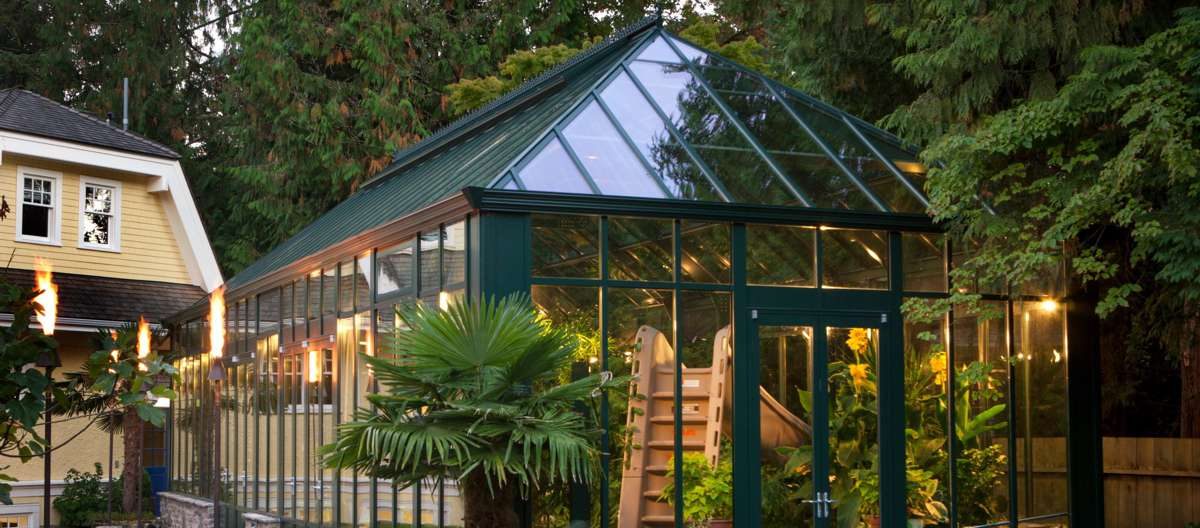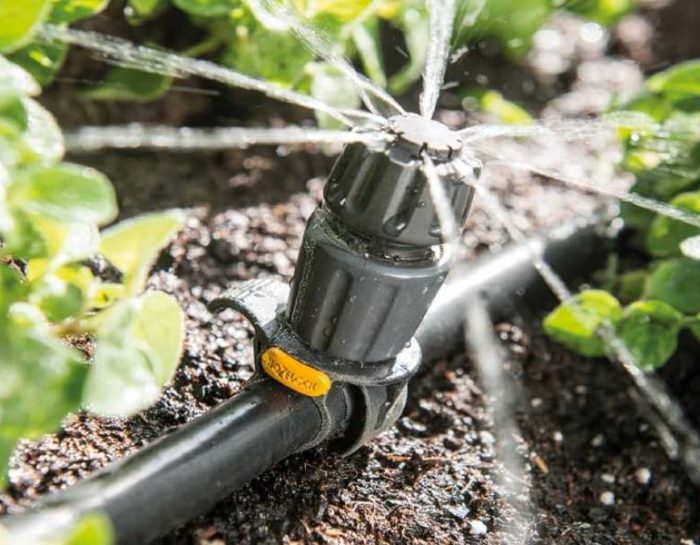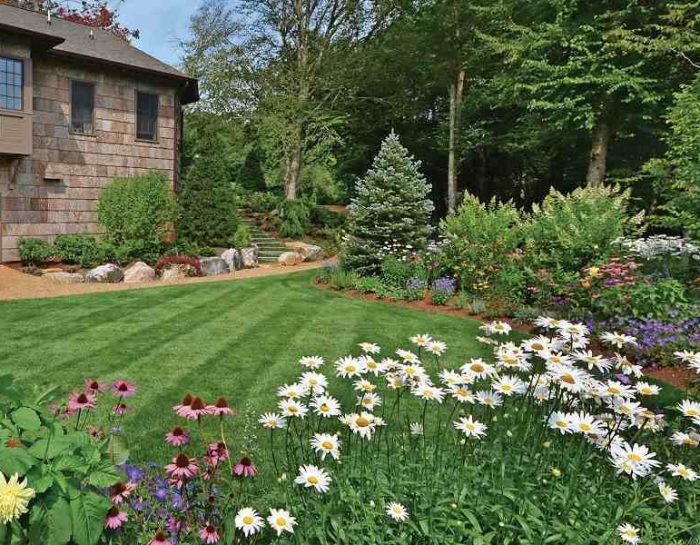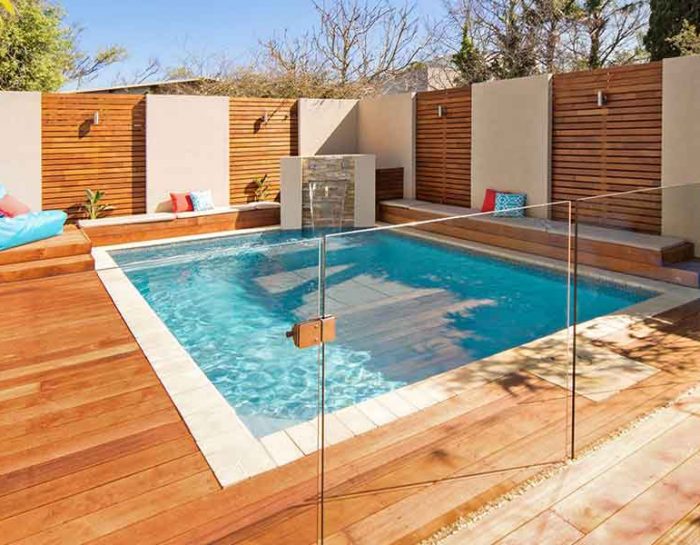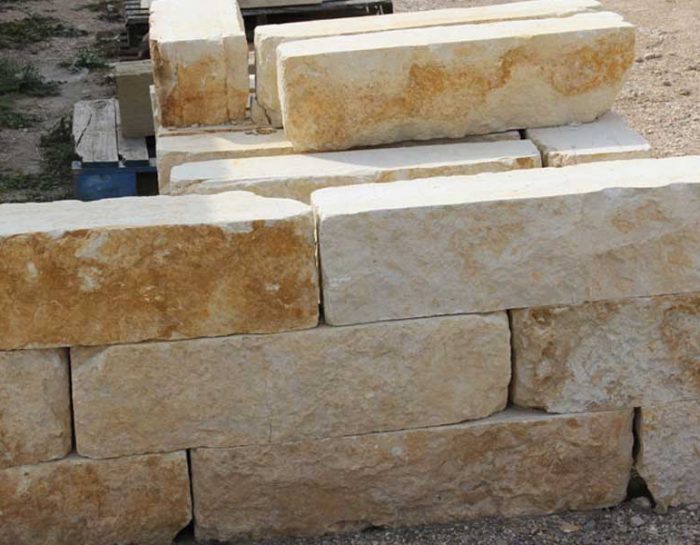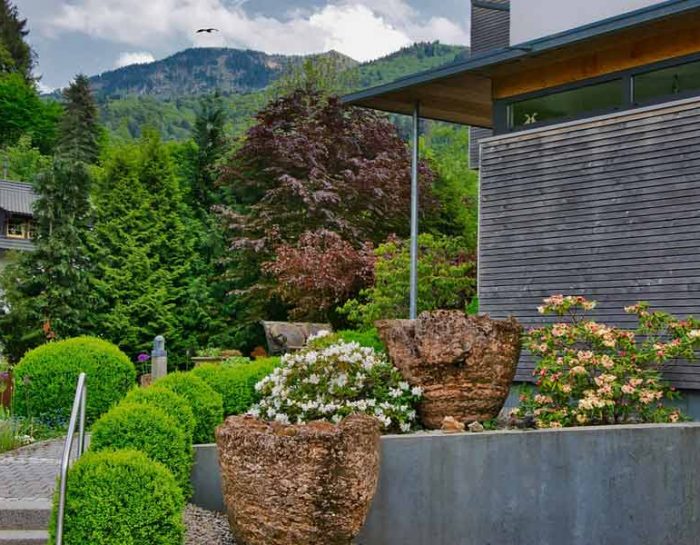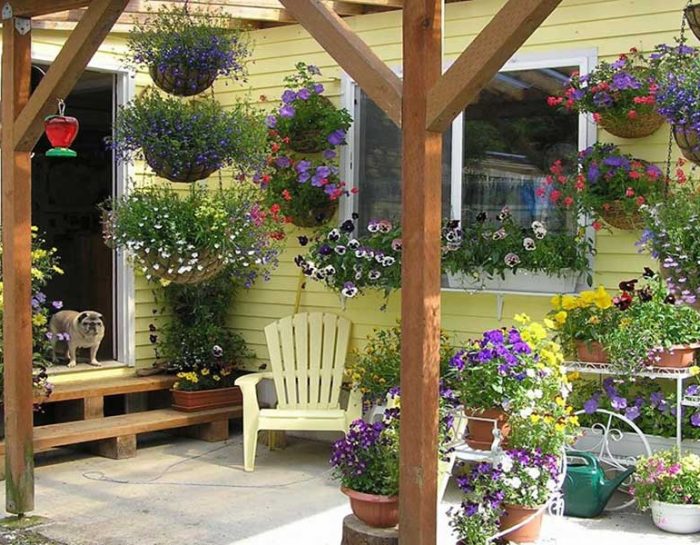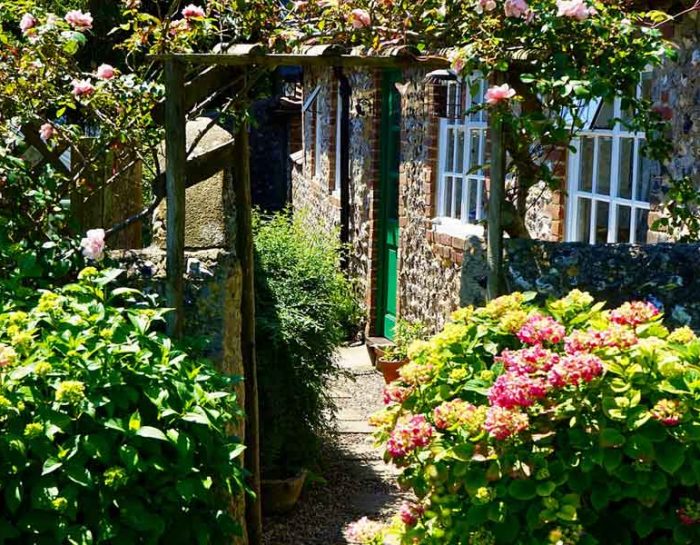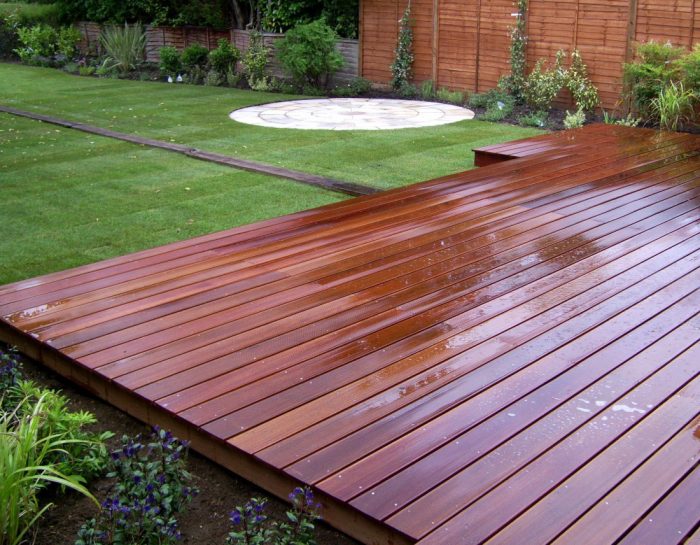Irrigation systems, or reticulation, are a significant consideration for sustainable landscaping. When done right by a landscaper, a well-made irrigation system will help you look after your gardens for years to come, reducing the time you spend watering by hours per week.
On the other hand, a poorly installed system can cause problems, including regular leaks and dead areas where the water doesn’t get to. Because of this, it’s extremely important to make sure you plan your irrigation system properly before you install it, otherwise you might end up digging it up and starting again.
What Sort of Irrigation Should I Use?
Generally, we recommend using an automatic irrigation system with a timer that encourages regular watering. This is useful because it ensures your plants and lawns are looked after, even when you completely forget about them.
Usually, it’s a good idea to listen to professional landscaping advice because they can help you plan the perfect irrigation system. Since pipes will have to be run under paths, garden beds and lawns, it’s essential to ensure you do this before the landscaping process has started.

